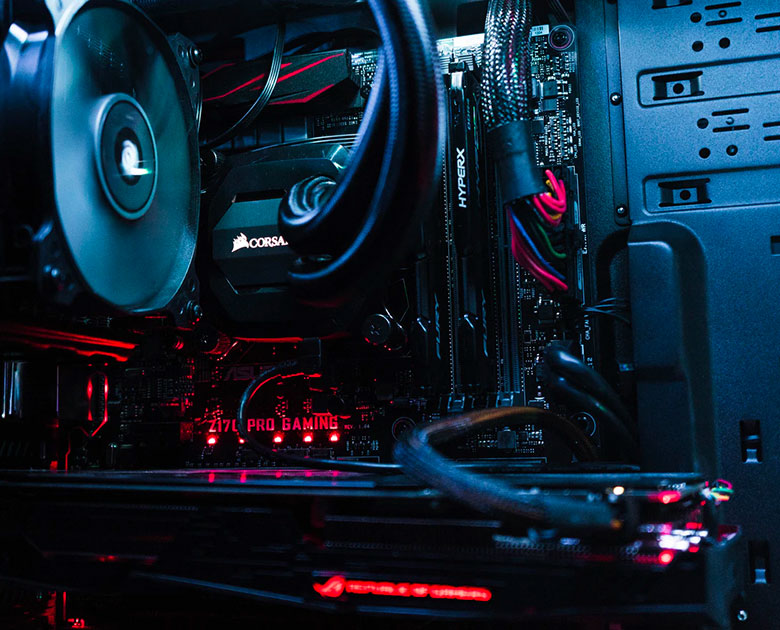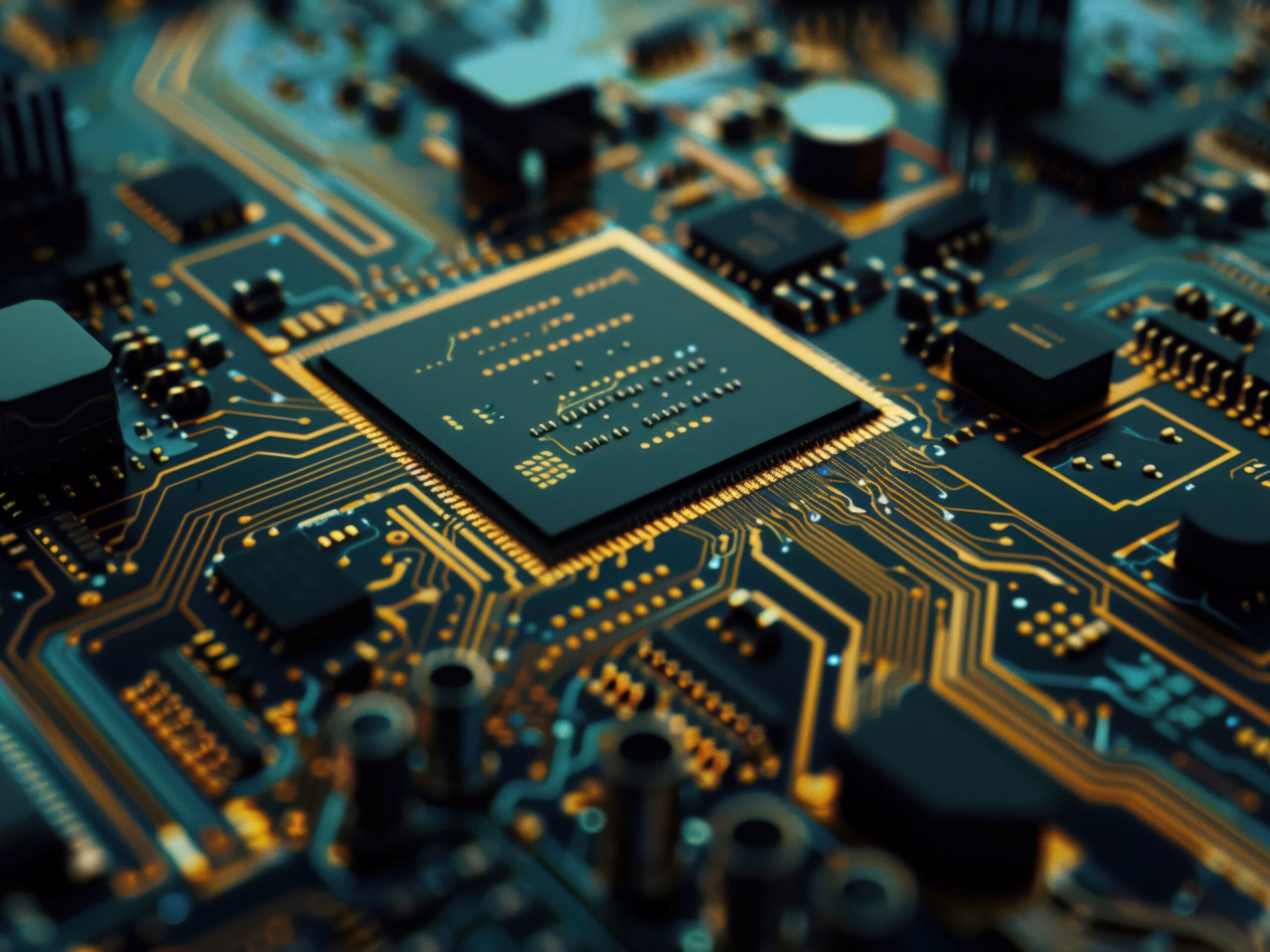
Hardware Procurement
- Needs Assessment: Analyzing user requirements, business type, data volume, mobility, and future growth
- Equipment Recommendation: Selecting appropriate devices – desktop computers, laptops, servers, network equipment, printers, etc.
- Offer Comparison: Evaluating suppliers, pricing, warranties, compatibility, and availability
- Logistics and Delivery: Planning shipment, installation, and testing
- Documentation and Inventory: Entering equipment into the system, including serial numbers, purchase dates, and warranty details
Maintenance and Support
- Preventive Maintenance: Regular cleaning, system updates, temperature and ventilation control
- Repairs and Servicing: Troubleshooting issues – component replacement, system reinstallation, peripheral repairs
- Upgrades: Expanding RAM, storage capacity, or replacing CPU/GPU based on user needs
- Performance Monitoring: Using tools to track CPU, disk, and network activity to prevent downtime
- Security and Protection: Physical device protection, antivirus solutions, and hardware-level data encryption
- User Support: Helpdesk services, fast response to requests, and user training for optimal equipment usage
